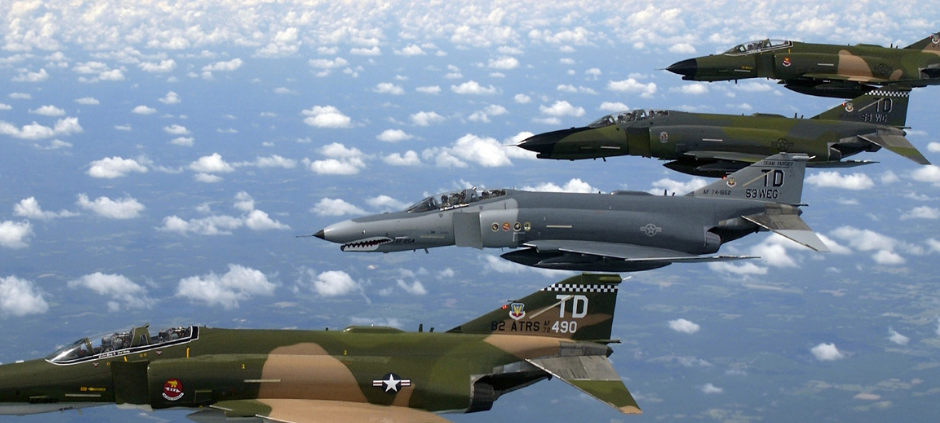How the CWU 27/P Nomex Flight Suit Has Evolved Over Time
Flight suits have come a long way since their invention. Born out of necessity, flight suits have remained a crucial part of aircrews to this day. When the Wright Brothers invented and flew the first aircraft in 1903, pilots were exposed to weather elements as the craft had no canopy over the cockpit. The lack of a protective canopy limited flights to clear sunny days only. To overcome this challenge, flight suits for pilots were invented. These suits were to be worn on top of the uniform and would shield pilots from cold at high altitudes.
More than a century later, aircraft and their cockpits have evolved. While canopies have since been developed to protect pilots from the harsh weather, flight suits have remained a constant among aircrews. Modern flight suits are lightweight and sewn to US military specifications. The Nomex flight suit is designed to keep the pilot warm during a flight. The CWU 27/P suit is made from a material called Nomex that is fireproof which provides aircrew with the optimal protection in case of fires or crashes. The numerous pockets on a flight suit are useful in holding glasses, pens, gloves, and notebooks. Lastly, the Nomex flight suit protects the crews’ uniform worn underneath from grease stains and dirt.
Military Flight suit:
Over the years and through innovative research and development, the quality of flight suits has considerably improved. Like planes, new materials were used to make flight suits, and new use cases were found.
Early pilots in World War I wore baggy trousers, bomber leather jackets, leather helmets, and neck scarves. Leather was preferred due to its durability. However, some pilots wore flight suits made from gabardine, a type of tightly-woven fabric from worsted cotton or wool.
It wasn’t until 1917 that the waterproof flight suit was known as the Sidcot Flying Suit No. G was invented. These waterproof suits had three layers that consisted of fur, airproof silk, and an outer shell made of light and thin Burberry material. The Sidcot suit had fur cuffs and a neck. It was widely used in World War II when crafts came with enclosed cockpits. During World War II, electrically heated flight suits were also popular among crews. Despite heated suits being bulky, it was still too cold for plane crews at altitudes of above 30,000 feet that their skin would begin to freeze.
Nomex Flight suit:
The introduction of pressurized aircraft cabins eliminated the need for pilots to wear bulky heated suits to stay warm at high altitudes. The Nomex flight suits were invented in the early 1960s. It was Dupont who made the first flame-retardant flight suit using Nomex material. At the time, the problem being addressed was race car drivers dying in Indianapolis due to fire outbursts in crashes. To solve the problem, race suits had been made using Nomex, a material made using a variant of aramids. The same approach used to make the race suit was used to make flight suits for the US military. These suits are made using Nomex, a flame-resistant, highly durable, and rigid material. The meta-aramid material used to make the suits helps protect the suit wearer from fire.
Flight suits, just like aircraft, have come a long way in the 116 years since the first aircraft took off in the early 1900s. Today, Nomex flight suits have evolved to one-piece uniforms worn by crew and pilots in most militaries. The CWU 27/P flight suits used by the US military are manufactured from durable fabric. The aramid fibers in the Nomex material used to make these suits make them fire-resistant. The main goal of the CWU 27/P Nomex Flight Suit is to protect the military crew from danger.



